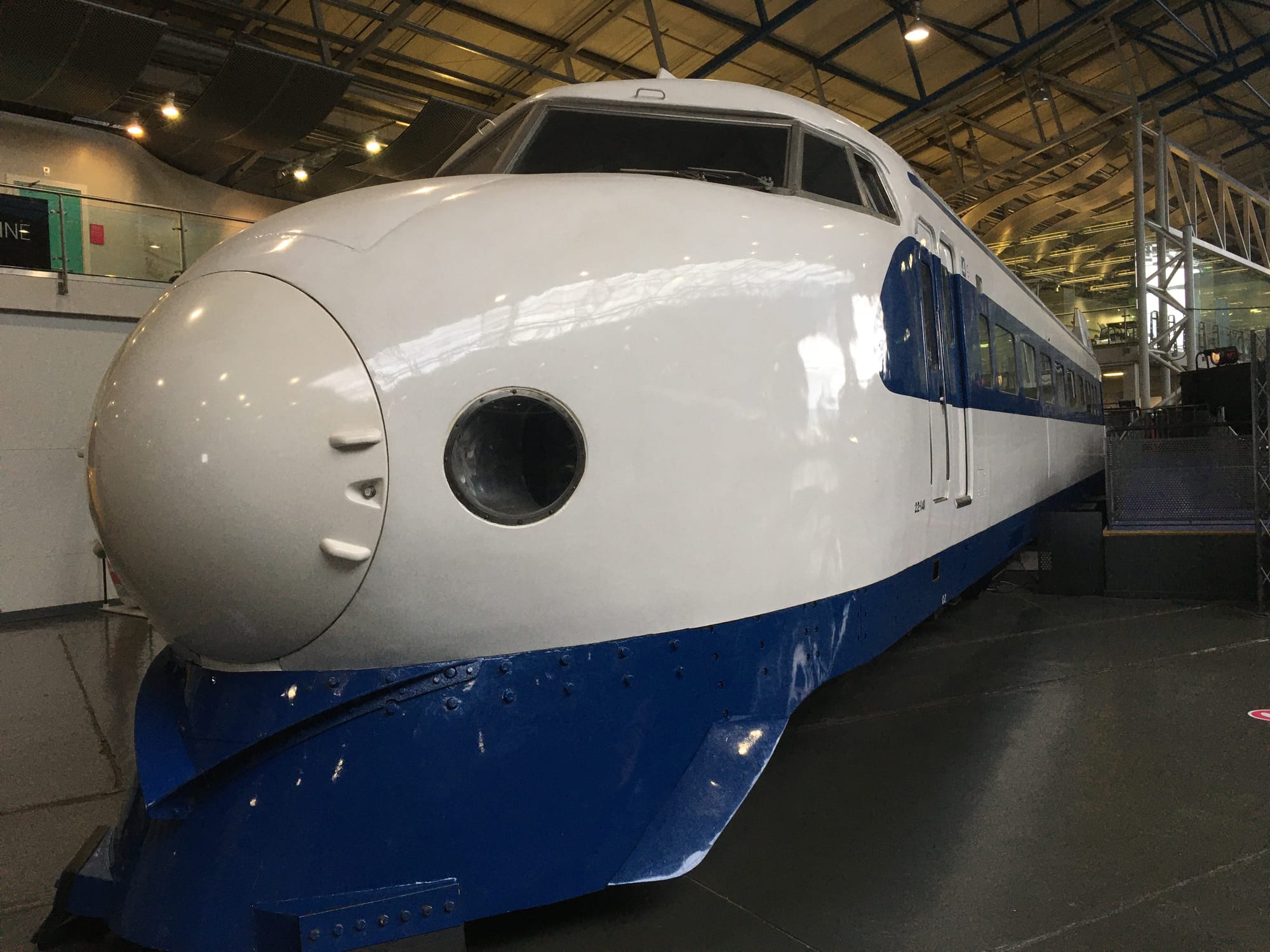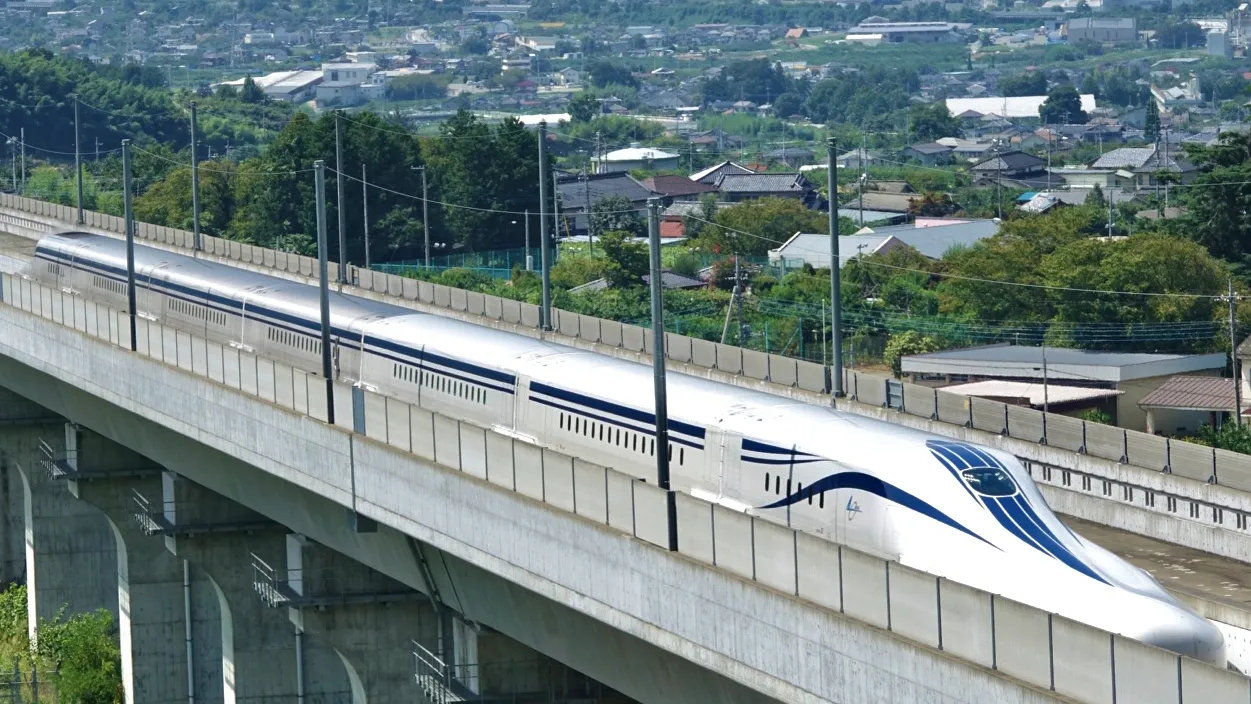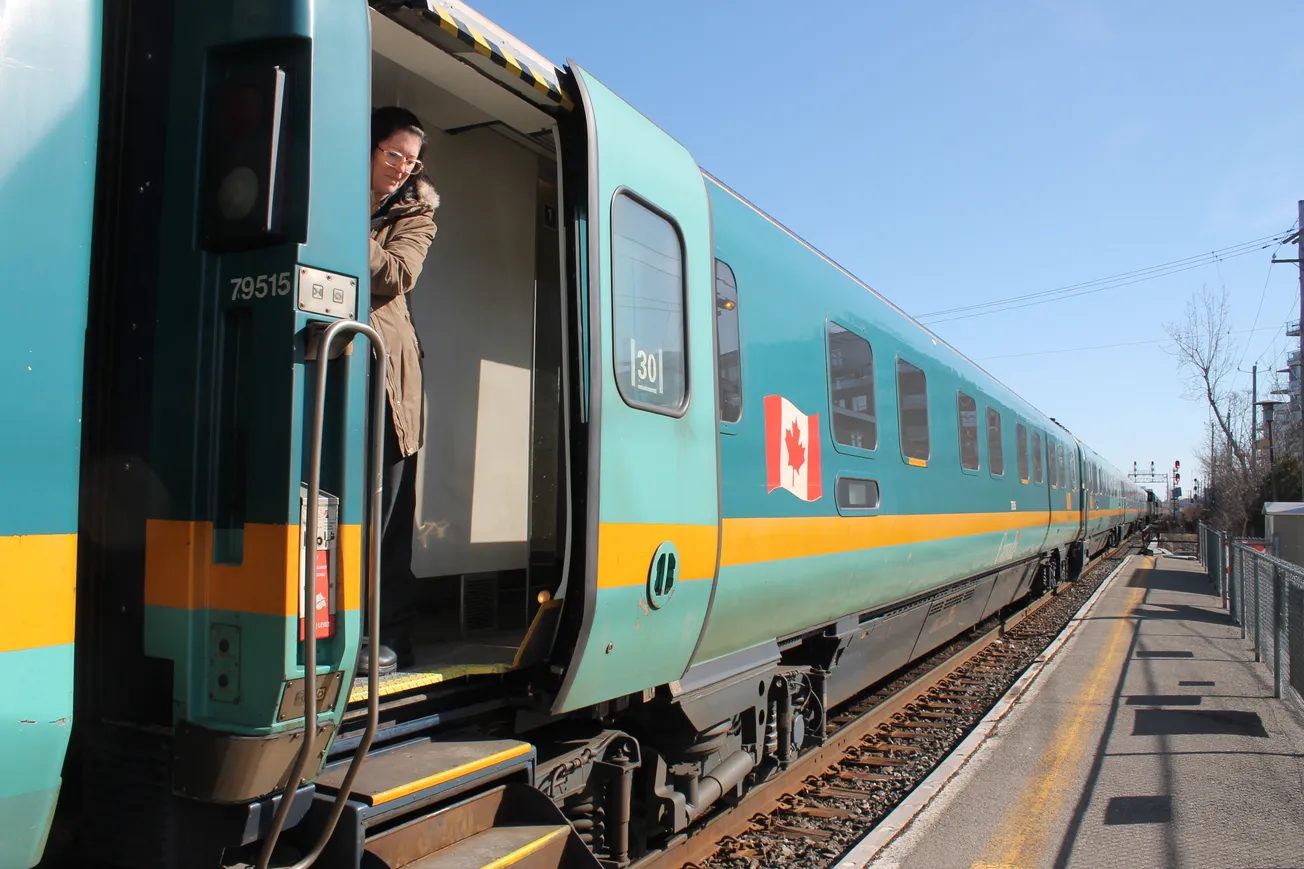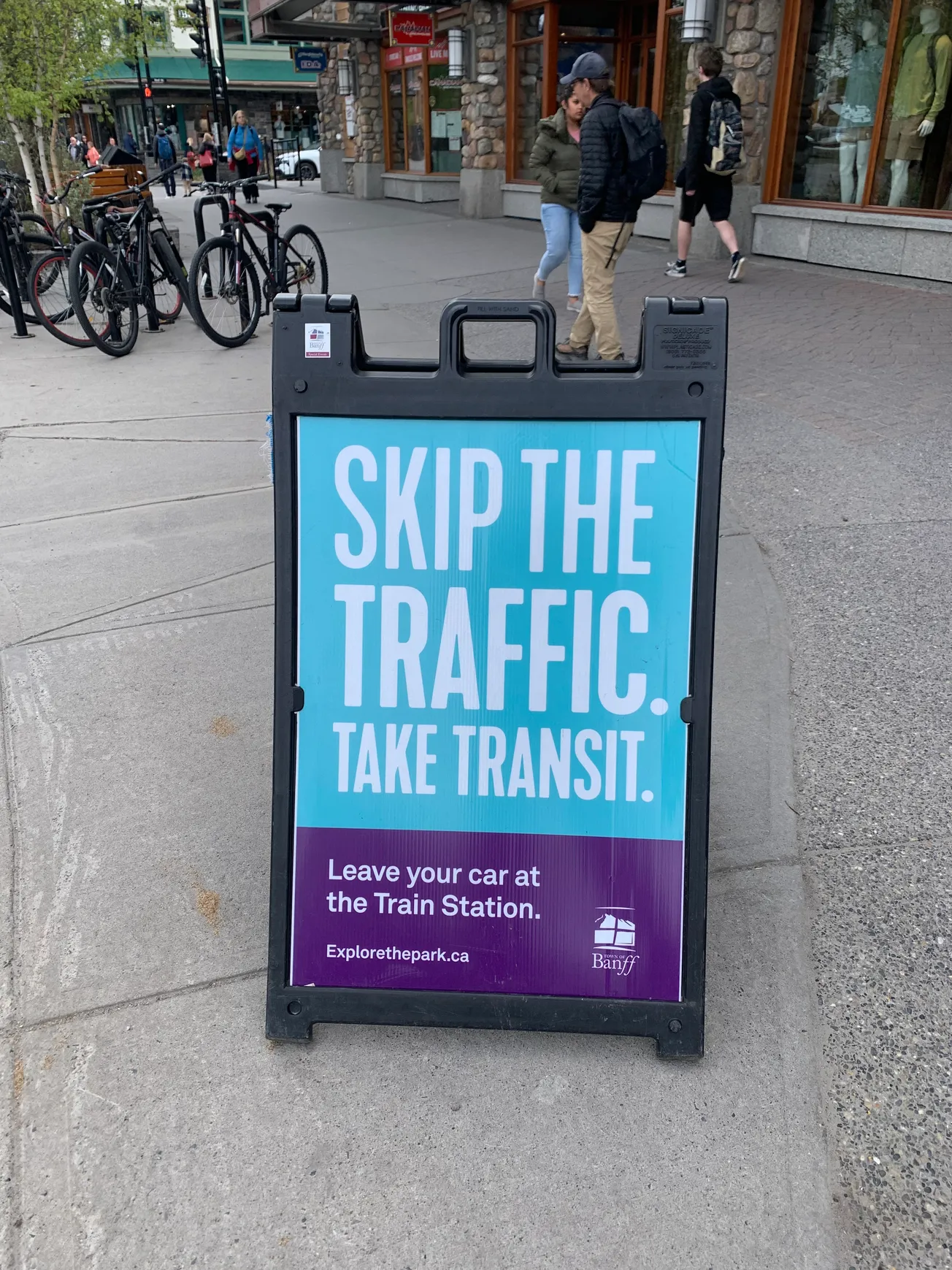High Speed Rail, Done Right, Is About Moving People Efficiently, Not Breaking Records
// In last week's post, I had a look at the "State of Speed"—how fast you can expect to go on board high-speed trains in one of the 28 countries around the world where they operate. (Not Canada, though, and in the United States, only sort of, just barely, for short stretches on the Acela Express on the Northeast Corridor.) The fastest passenger trains in regular, everyday service now routinely reach 400 kms (248 miles) an hour; that's how fast you'll go on a Chinese CR450 (but, as the name hints, it can comfortably top out at 450 km/h). In Europe, the Italian Frecciarossa is built to go 400 km/h, though it's current operational maximum is 300 km/h; some French lignes à grande vitesse allow operations at 320 km/h.
To put this in perspective, when you're on one of these bullet trains, you can expect to cruise comfortably and smoothly at speeds only attained—for very short stretches—by production cars like Bugattis or McLarens as they hit their flat-out maximums.
For some people, the obsession with speed can seem frivolous and wasteful—a matter of flexing, or earning international bragging rights. In many cases, this is actually what's happening. High-speed rail (HSR) has lately become synonymous with modernity, building it a sign that you're economy is developed enough to join the 350-km-hour club. The truth is bullet trains are often overkill: many nations would be better served by running slower trains, in the 150-220 km/h range, and focusing on building more track mileage, serving more cities. (Switzerland, for example, came to the conclusion it was better to prioritize frequency and reliability in its exiguous, mountainous territory; I write about the thinking behind this choice in this feature in The Globe and Mail.)
That's the bad reason for building HSR. The smart reason, the original reason, is to increase the capacity of rail lines: in other words, to transport more passengers per hour between stations. The origins of HSR lie in Japan in the 1950s, when rail traffic between two massively populous cities, Tokyo and Osaka, was reaching its limit. After over three hundred people died in two separate crashes on the overcrowded Osaka-Tokyo line that mixed freight and passenger rail, the decision was made to completely separate the lines for fast passenger trains from conventional tracks.







